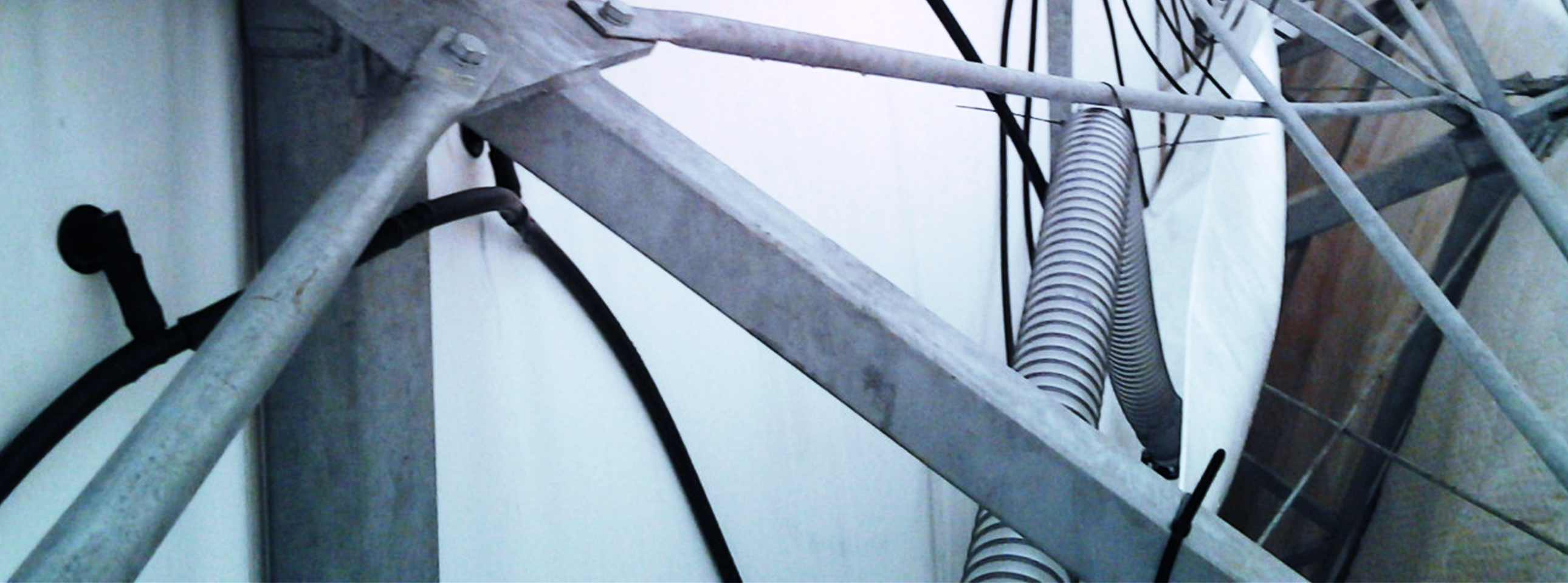Breathing Life Into Halls
arcus offers a cost-effective, full-fledged alternative to conventional hall construction. The structure of the halls essentially consists of air-filled canvases that are kept stable with plenty of volume flow. Insulation in particular is a cost-relevant factor. But so is the time it takes for full inflation – after all, the halls are also rented out as a mobile solution.
The Task
arcus Managing Director Mario Wassermair was looking for an efficient solution for his hall concept. The system of the air-filled roof shells needed to have a better insulation to save heating costs. There was an added requirement that the inflation mechanism needed to be so compact that it could also be used for mobile halls.
And it is exactly this "inflation mechanism" that was not optimal: to inflate a complete hall, four compressors of two kW output each need a total of six days. This is much too long, even to react flexibly to changes: for example, if the hall is encumbered by snow, the pressure has to be increased quickly to maintain the shape of the hall.
While he was faced with this situation, Mario Wassermair encountered Elektror.
Consulting
Christian Reischauer, working in Sales at the Austrian Elektror subsidiary, coincidentally approached arcus via Facebook – as if on cue. Because the specialists for ventilation technology quickly understood what the problem was: the compressors. They were designed to generate high pressure, not so much large volume flows. That is why it turned out to be so difficult to fill the canvases quickly and flexibly.
Since the individual air chambers were also operated in sequence (i.e. first air was blown into chamber one, from there the air went into chamber two, from there to chamber three etc.), the pressure dropped from chamber to chamber and the entire construction could never be inflated evenly, and it quickly became unstable.
Elektror designed a solution that would quickly solve all problems and still save costs.
Die Lösung
Reischauer and his colleagues immediately opted for a blower instead of a compressor. This can generate the necessary pressure and deliver significantly more volume flow, so it can fill complete hall canvases much faster.
In addition, a buffer was placed between the two canvases to be filled, across the entire length. The idea was that the buffer is filled with air first. This doesn't take much time. The many dozens of air chambers of the canvases directly receive the necessary air from this buffer, via tubes of max. 50 cm length.
This was a vast improvement compared to the old sequential operation, in which the chambers had to be filled one after the other with up to hundred-meter long hose lines, facing partly immense resistance.
Operating with full rotational speed, the HRD 1T FU will inflate the entire hall in only six hours.
In normal operation, it is monitored using pressure sensors. If, for example, snow encumbers the roof, the system reacts automatically: the frequency converter increases the rotational speed and thus the internal pressure of the canvases in minutes – and the hall remains stable.
These quick adjustments are only possible with the blower. The HRD 1T FU with 0.75 kilowatt replaces four compressors with two kilowatt each.
The progression of the project
Over the course of two weeks, different tests were carried out on a prototype hall on the arcus company premises. First with the HRD 2T FUK, then with the "smaller" model HRD 1T FU 105/0.75.
This made it possible to determine that the smaller HRD 1T FU was more than sufficient and even offers reserves. The solution has now been in continuous operation for three months without any problems.
The Result
Mario Wassermair and his team are happy to say that the filling time of the hall has been accelerated by a factor of ten. This results in a very short reaction time (in snow or wind). The pressure in all chambers is always distributed evenly, which significantly improves the stability and insulation of the hall.
This yields energy savings of 7,000 kW/h per year. The acquisition of the blower only costs half as much as the compressors. The material costs are also reduced due to the saving of hundreds of metres of tube. The Elektror solution is more powerful, more flexible, safer and even more cost-effective.








